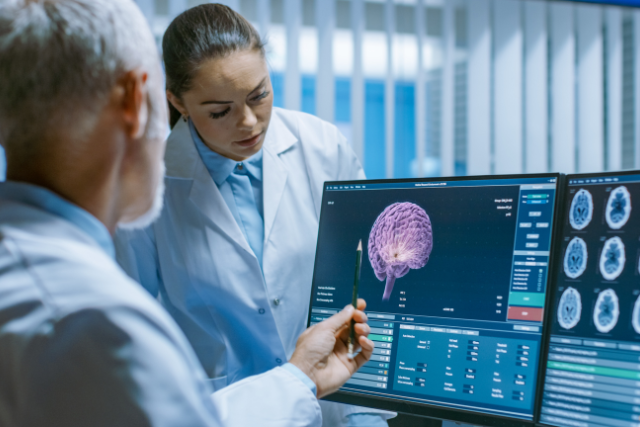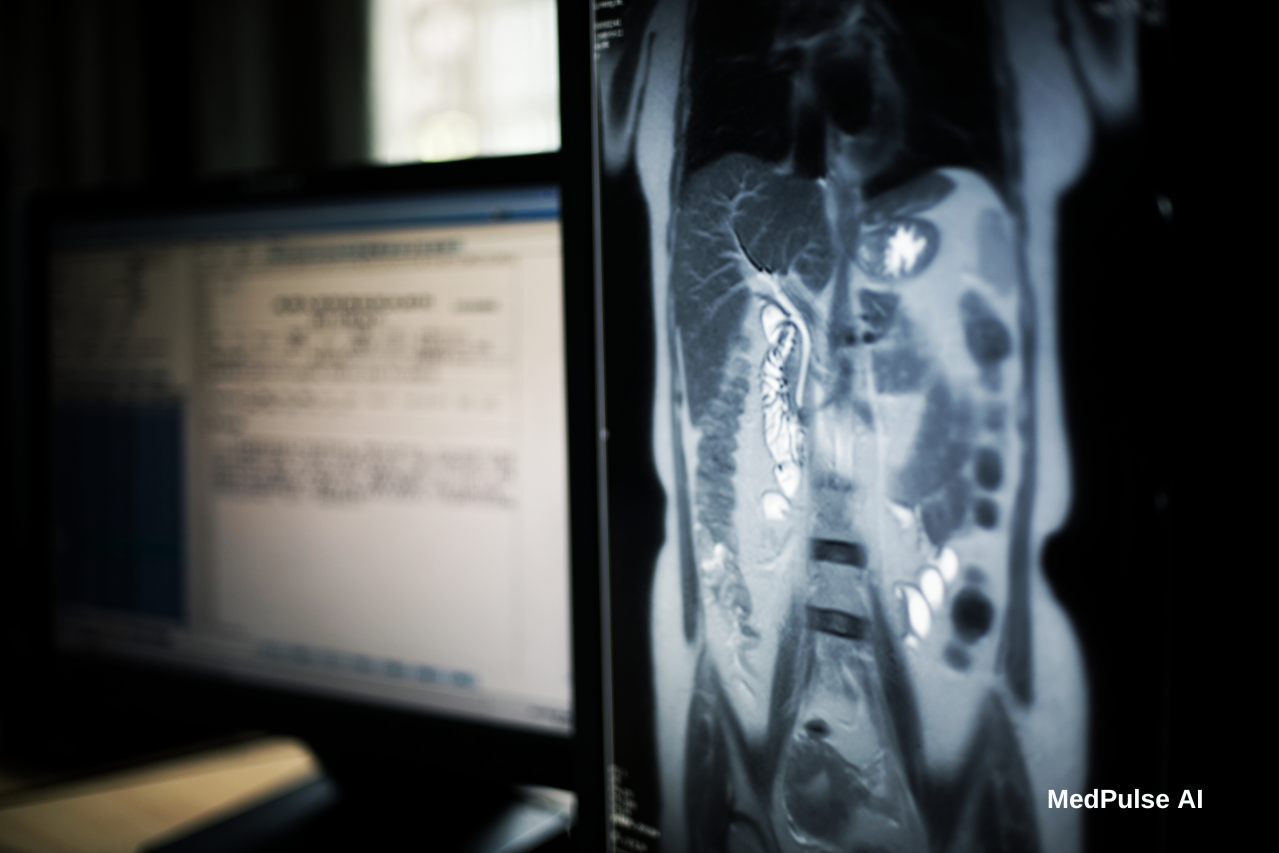Advancements in deep learning and artificial intelligence (AI) have revolutionized various aspects of healthcare, particularly in neuroimaging. Among the most promising developments is the use of AI for brain image segmentation and early detection of Alzheimer’s disease (AD). Through the use of MRI scans and AI algorithms, researchers aim to provide faster, more accurate diagnoses and improve treatment outcomes for neurological conditions such as Alzheimer’s.
AI in Brain Image Segmentation
Brain image segmentation is a critical step in analyzing structural changes in the brain, especially when it comes to detecting neurodegenerative diseases like Alzheimer’s. Deep learning models, such as CNNs, are trained to identify specific patterns within MRI scans, helping to differentiate between gray matter, white matter, and cerebrospinal fluid, which are crucial areas affected by Alzheimer’s. These models have significantly improved the speed and accuracy of detecting structural changes, such as hippocampal atrophy, which is a hallmark of early AD progression.
Recent studies demonstrate the effectiveness of deep learning in automatic brain segmentation, particularly in 3D T1-weighted MRI imaging, which has long been a cornerstone in Alzheimer’s diagnosis. Deep learning algorithms are capable of identifying minute structural alterations in brain regions associated with AD far earlier than traditional diagnostic methods. For instance, a deep learning-based approach developed for automatic segmentation has shown potential in distinguishing early AD cases with high sensitivity and specificity, even outperforming traditional volumetric methods in certain aspects (MDPI, 2024).
Early Detection of Alzheimer’s Disease Using Deep Learning
Alzheimer’s is typically diagnosed based on clinical symptoms like memory loss and cognitive decline, which appear after significant brain damage has occurred. However, deep learning research has shown that structural changes in the brain, particularly in regions like the hippocampus and entorhinal cortex, begin years or even decades before these symptoms manifest. This opens up the possibility for much earlier intervention, which could slow the progression of the disease.
Collaborative research projects, such as those between NYU Center for Data Science and NYU Langone’s Alzheimer’s Disease Research Center, are exploring how AI can detect these early structural changes. These projects use large datasets from sources like the Alzheimer’s Disease Neuroimaging Initiative (ADNI) and the Open Access Series of Imaging Studies (OASIS) to train deep-learning models that can predict Alzheimer’s years in advance. Studies have shown that these models can achieve high accuracy in distinguishing patients with mild cognitive impairment (MCI) — often a precursor to Alzheimer’s — from healthy individuals, providing a critical window for early treatment.
Benefits of an Open Platform for Neurological Conditions
The research team working on this platform in collaboration with institutions like the NYU Center for Data Science and NYU Langone’s Alzheimer’s Disease Research Center is working on developing an open platform for neuroscientists, neurologists, and neuroimagers to access advanced tools for tracking and assessing neurological diseases. Such a platform would democratize the availability of AI tools, enabling faster collaboration across institutions and improving the ability to monitor diseases like Alzheimer’s.
By integrating AI-driven segmentation and early detection tools into this platform, clinicians will be able to visualize and track disease progression with unprecedented accuracy. This will not only aid in diagnosis but also enhance treatment planning, as changes in brain structure could be tracked over time to evaluate the efficacy of various therapeutic interventions.
The Future of AI in Alzheimer’s Research
Despite the promising results, there are challenges to be addressed. One major hurdle is the need for larger, more diverse datasets to train AI models effectively. Currently, many datasets lack diversity in terms of race, ethnicity, and age, which can limit the models’ generalizability. Researchers are working on developing more inclusive datasets to ensure that AI models can perform accurately across all populations.
Another challenge is the integration of AI into clinical practice. While deep learning models are showing increasing accuracy, their use in routine medical settings requires further validation and the development of user-friendly interfaces that can be seamlessly adopted by clinicians.
Deep learning has the potential to revolutionize the early detection of Alzheimer’s disease by identifying structural changes in the brain long before symptoms appear. As AI models become more sophisticated, they will offer new ways to diagnose and treat neurodegenerative diseases, ultimately improving patient outcomes. Collaborative platforms and inclusive datasets will be key to realizing this potential, making advanced diagnostic tools available to clinicians and researchers worldwide.
References:
- MDPI, “Alzheimer’s Disease Detection Using Deep Learning on Neuroimaging” (2024).
- Springer, “Investigating Deep Learning for Early Detection and Decision-Making in Alzheimer’s Disease” (2024).
- American Journal of Neuroradiology, “Development and Validation of a Deep Learning–Based Automatic Brain Segmentation and Classification Algorithm for Alzheimer Disease” (2024).




